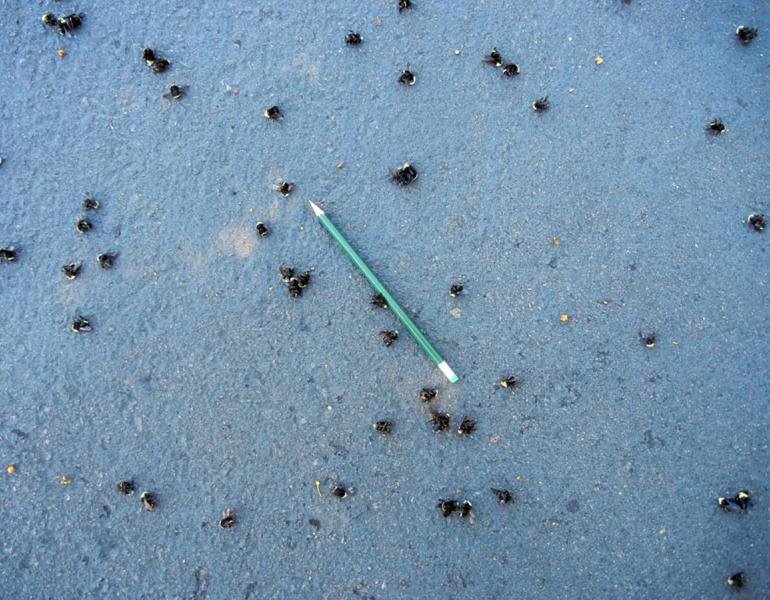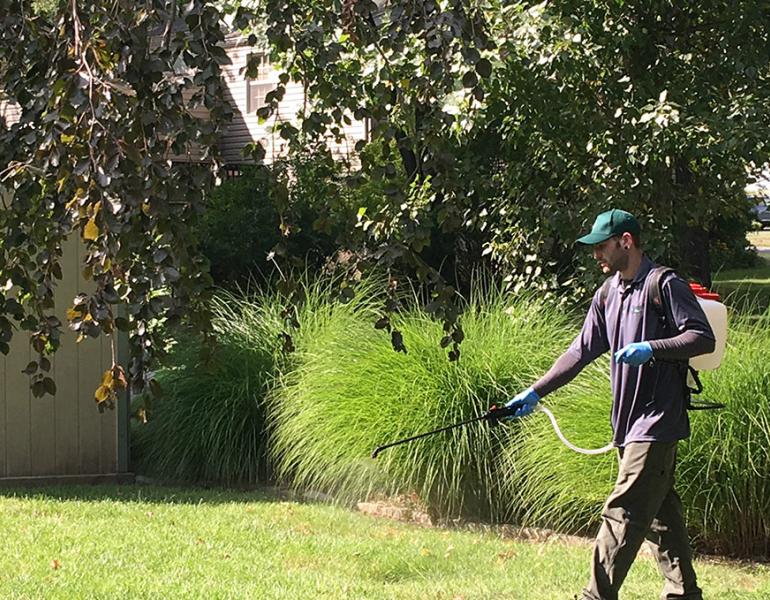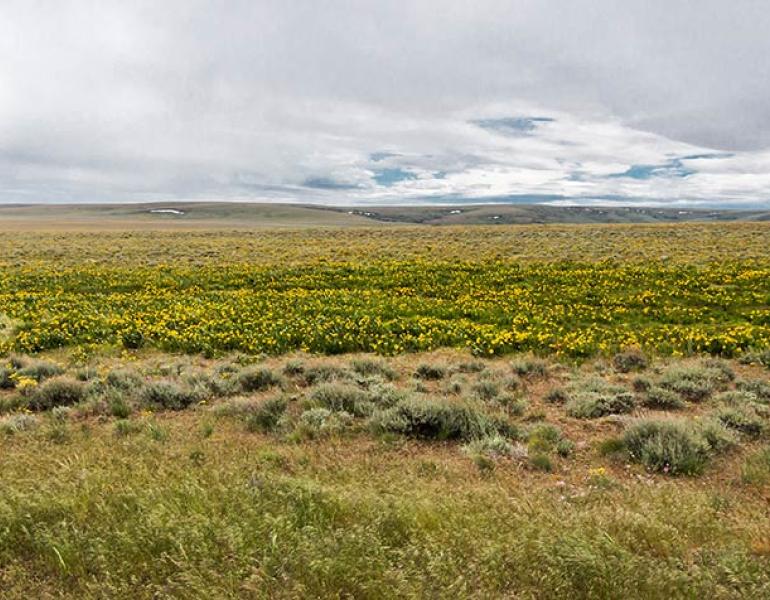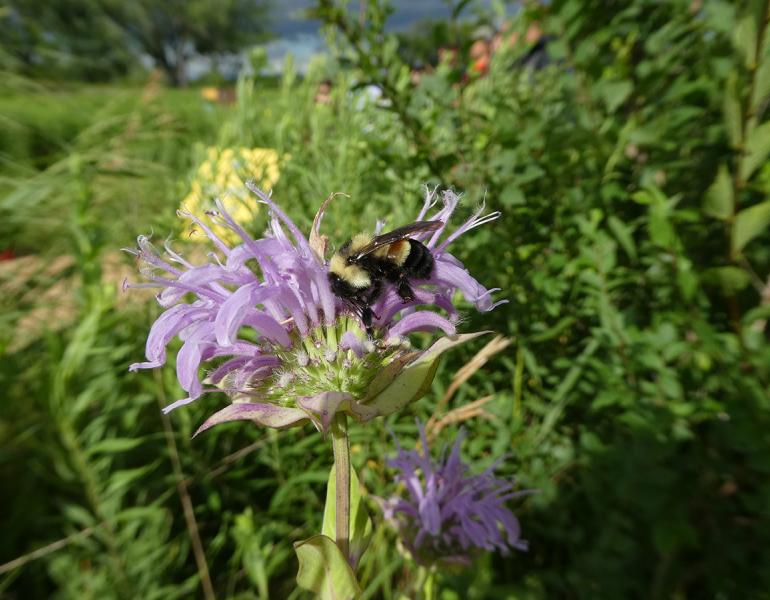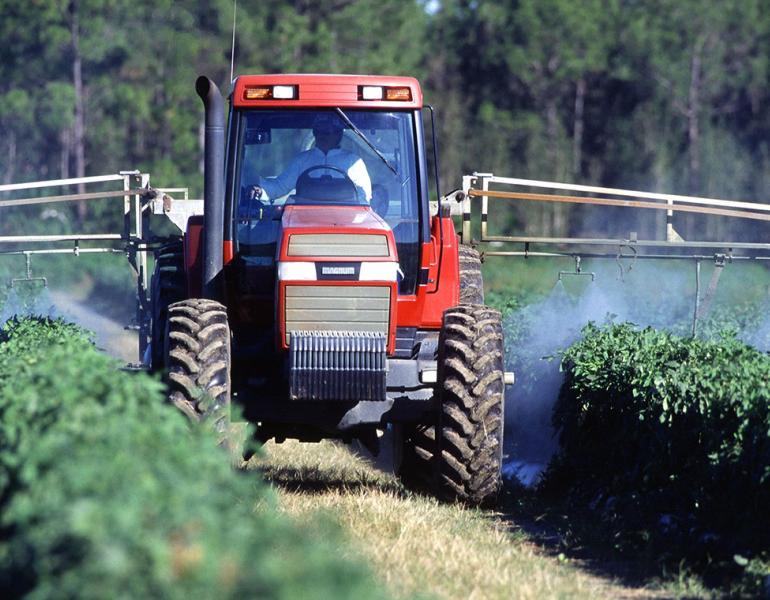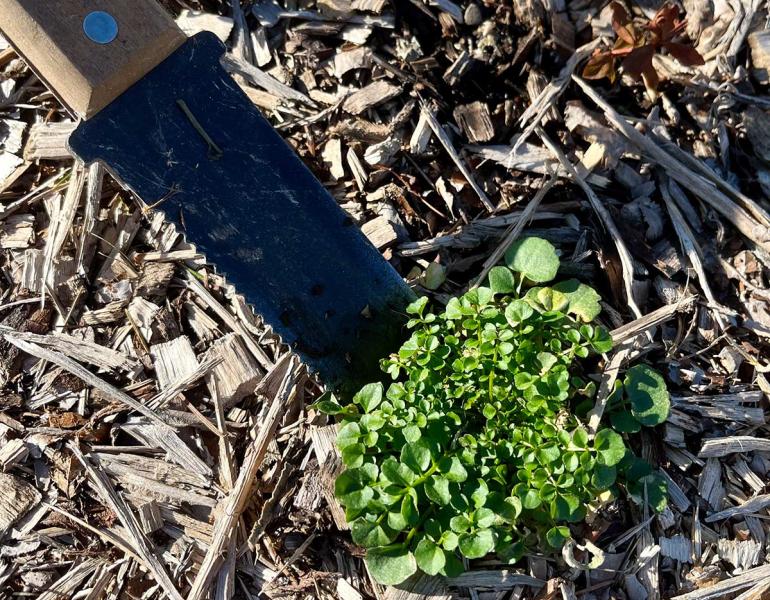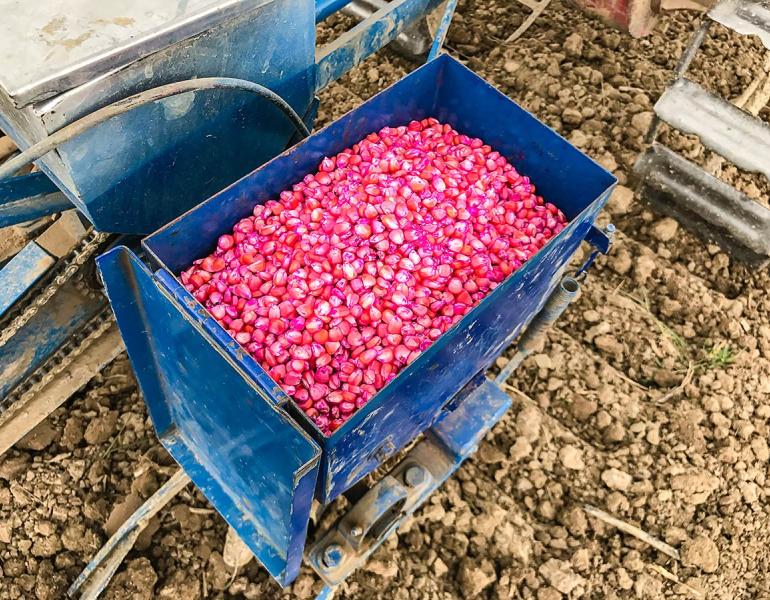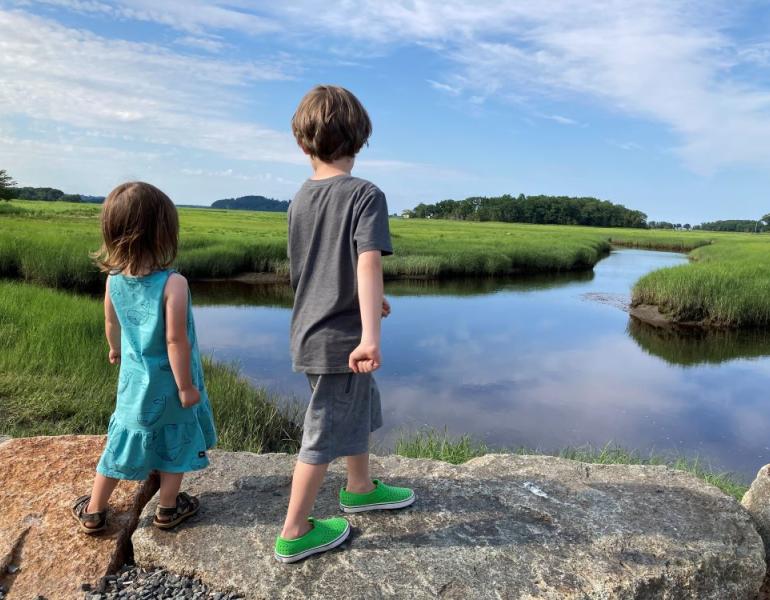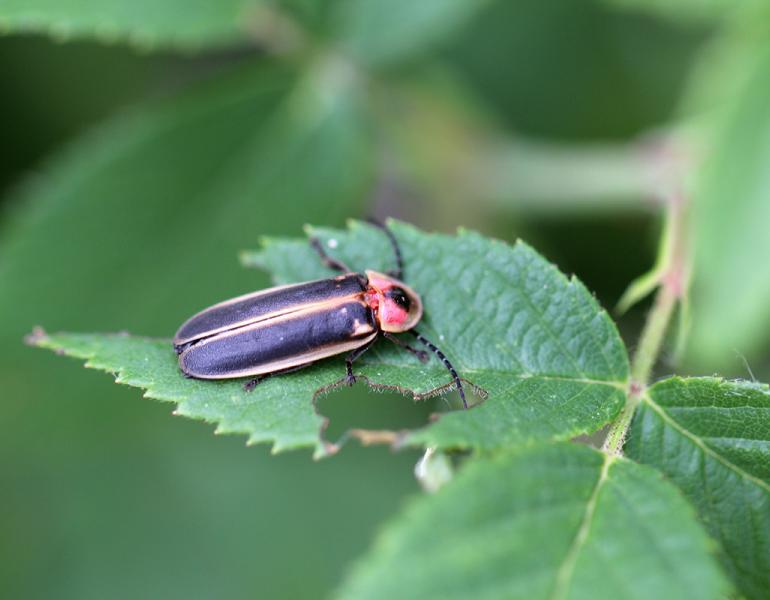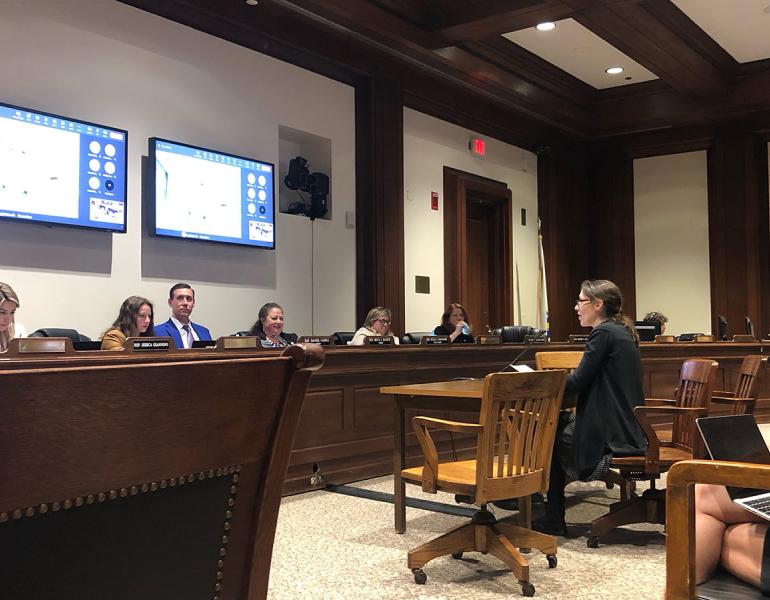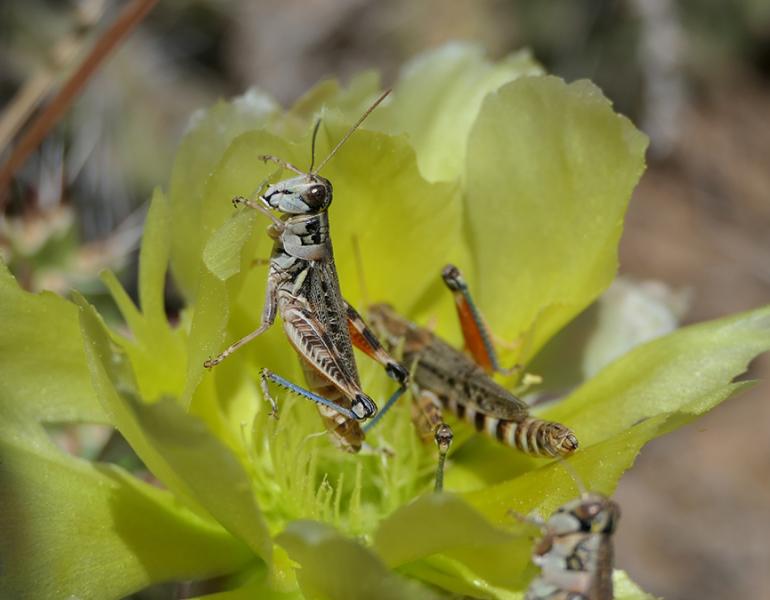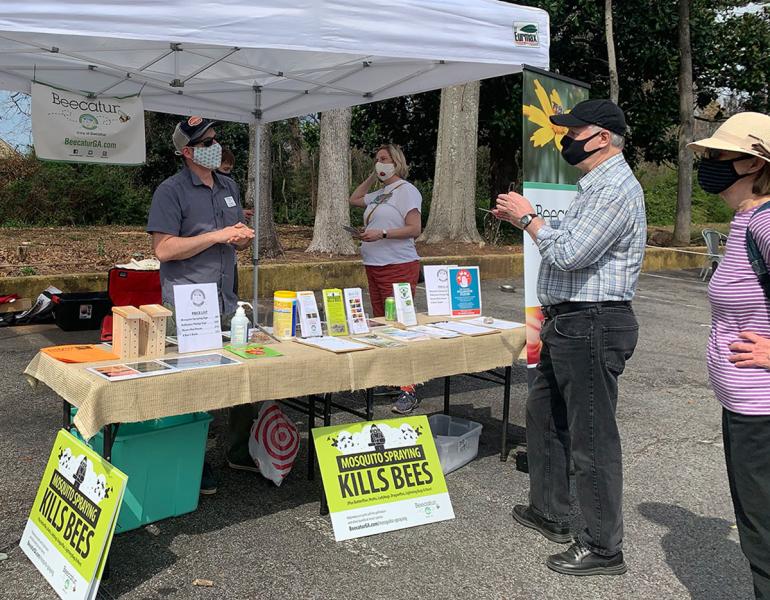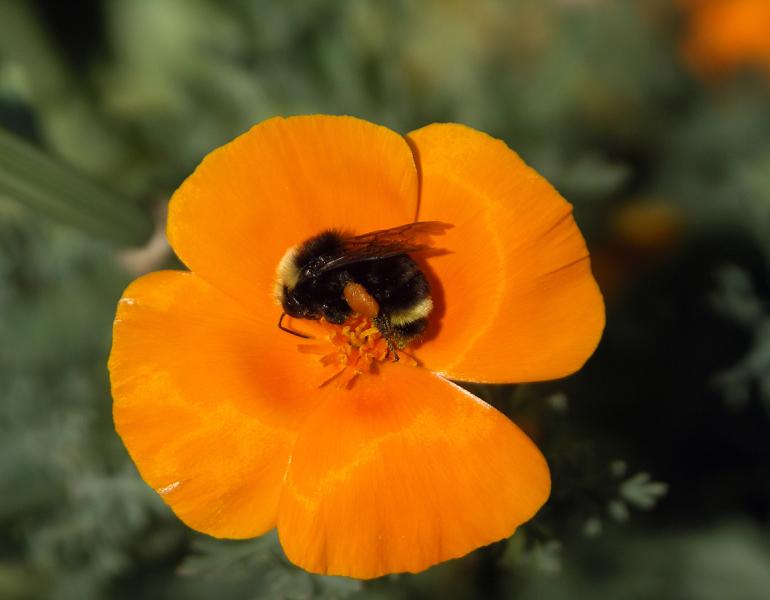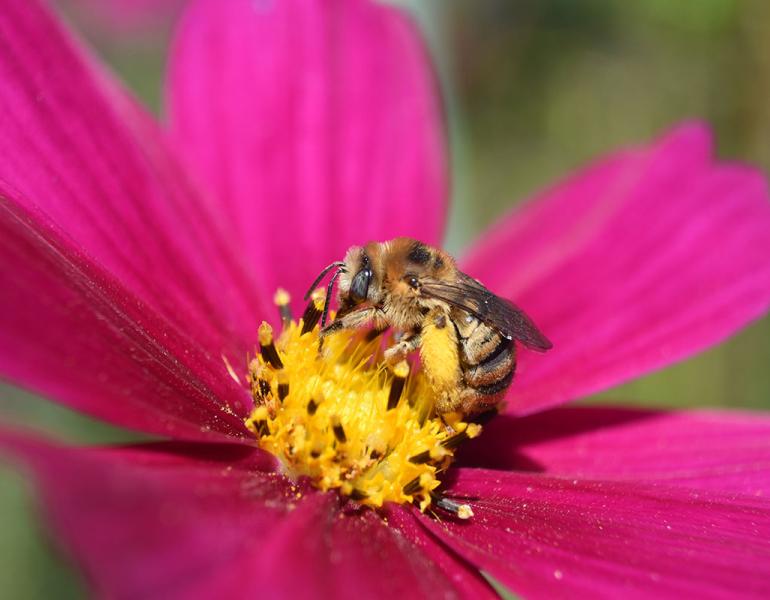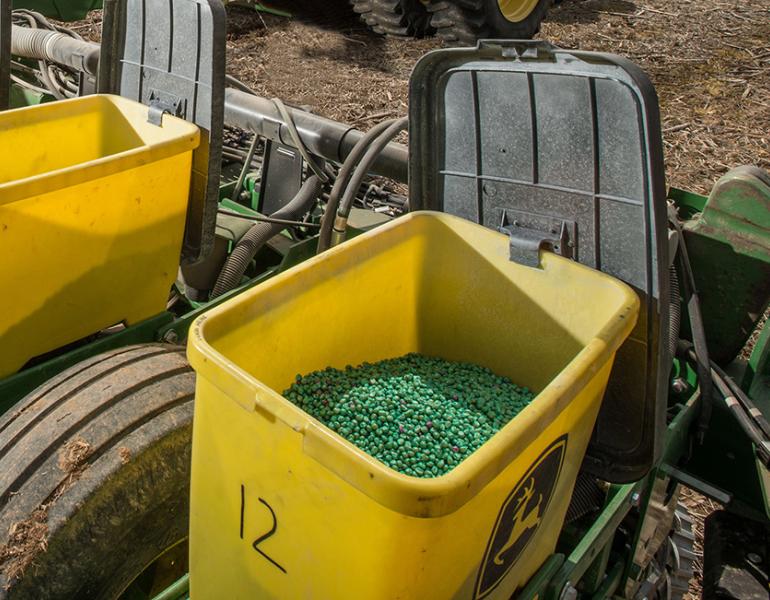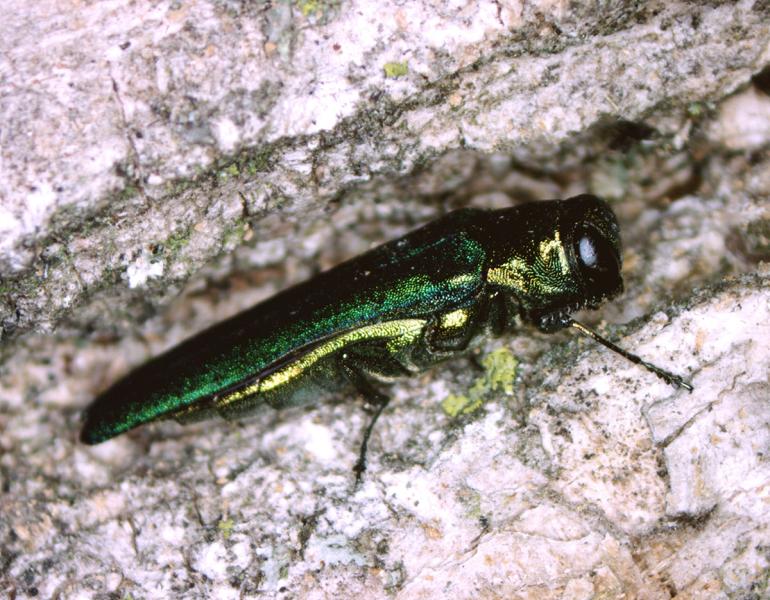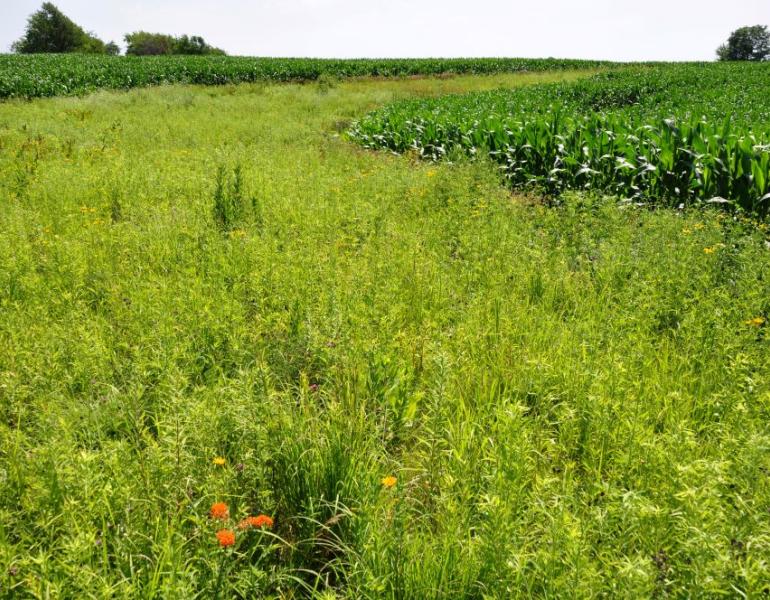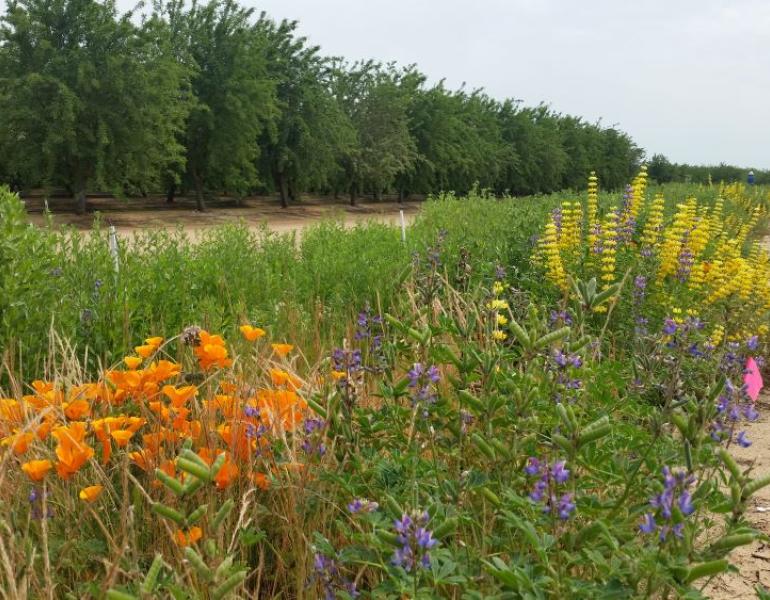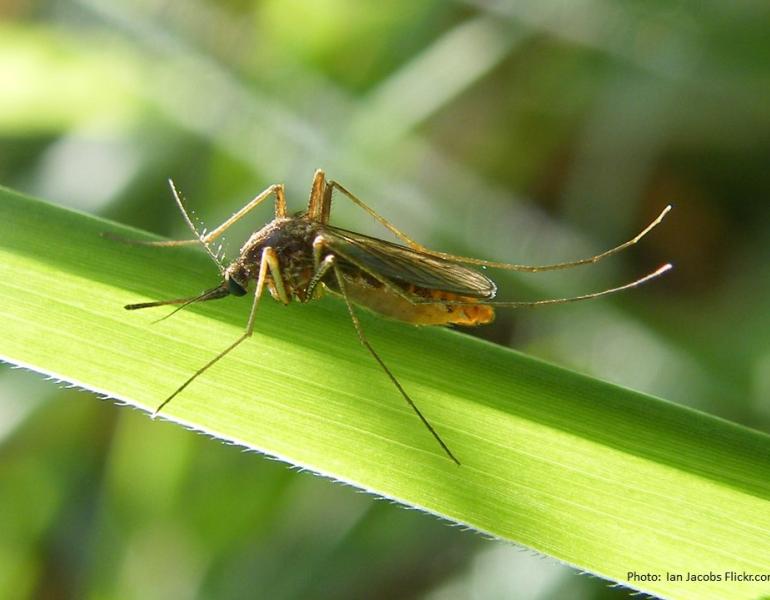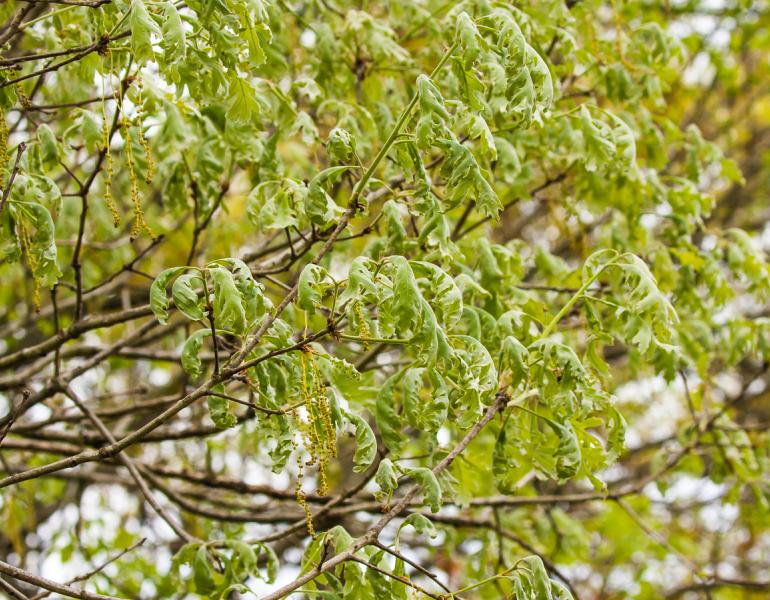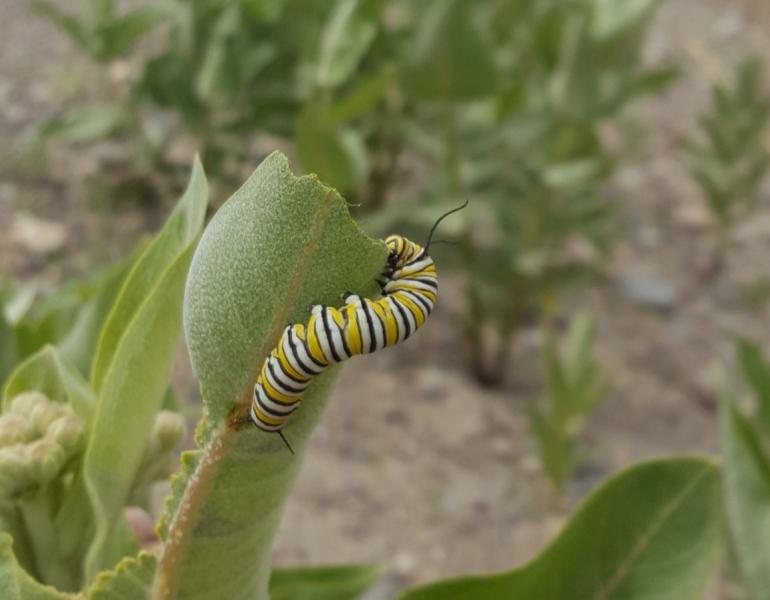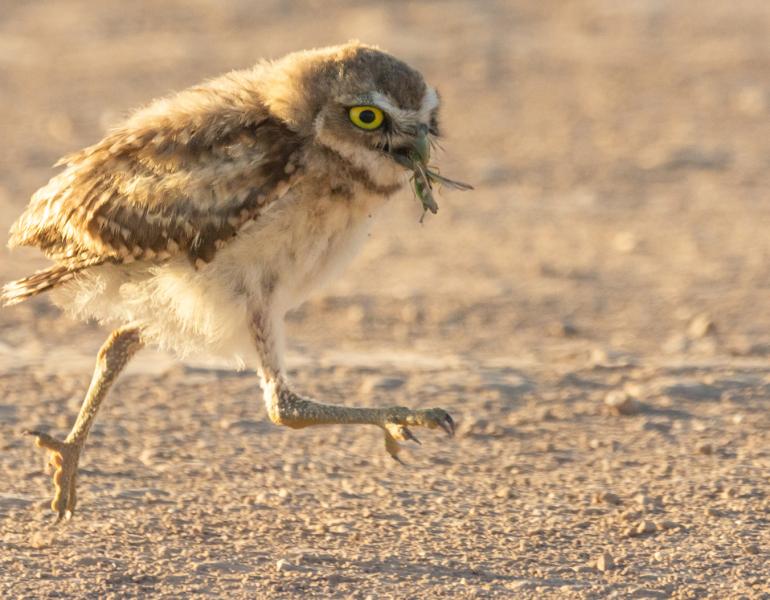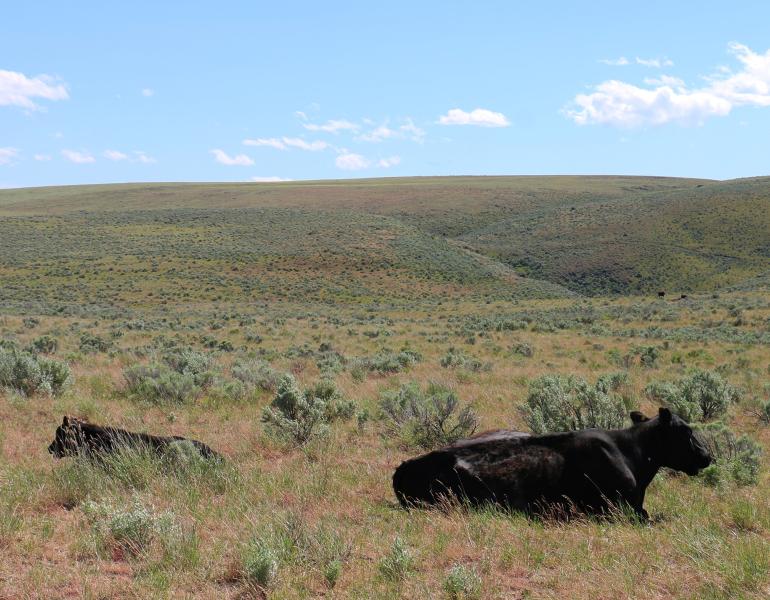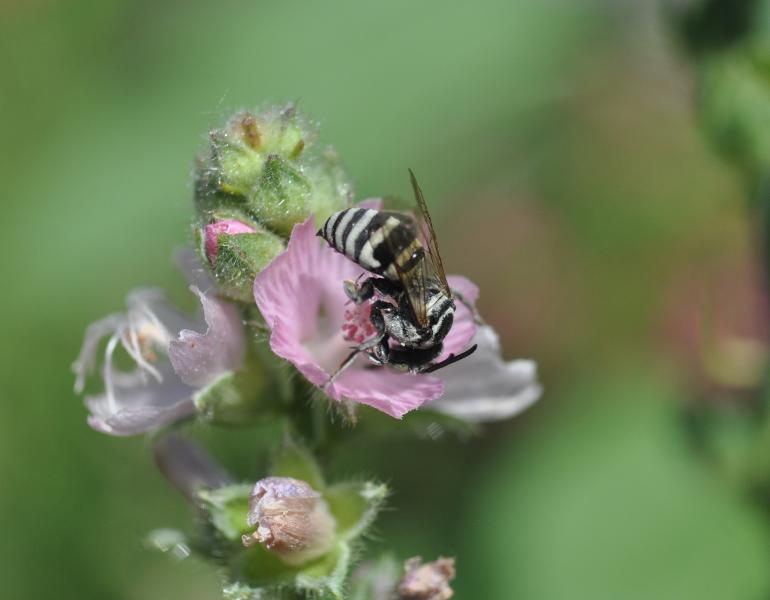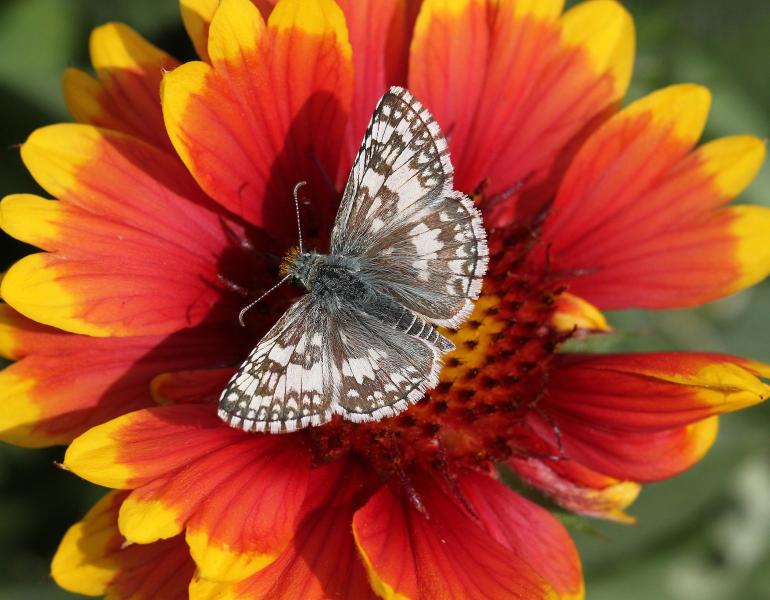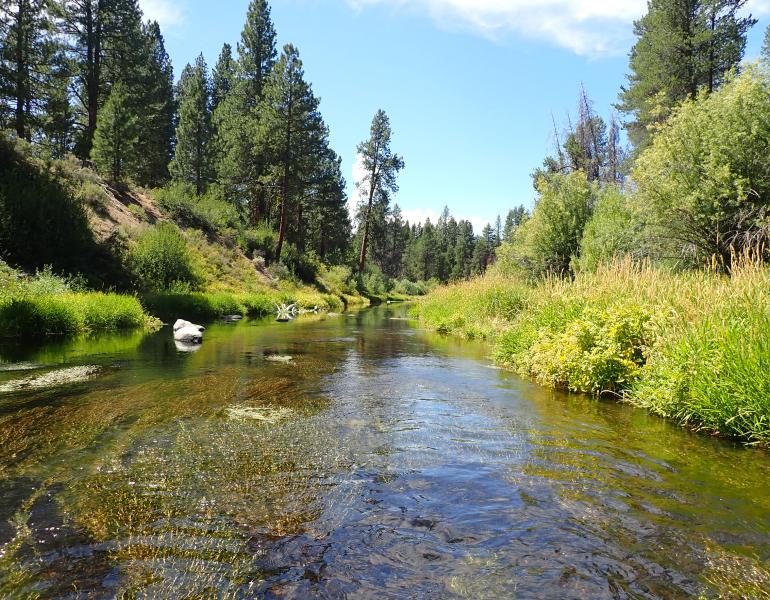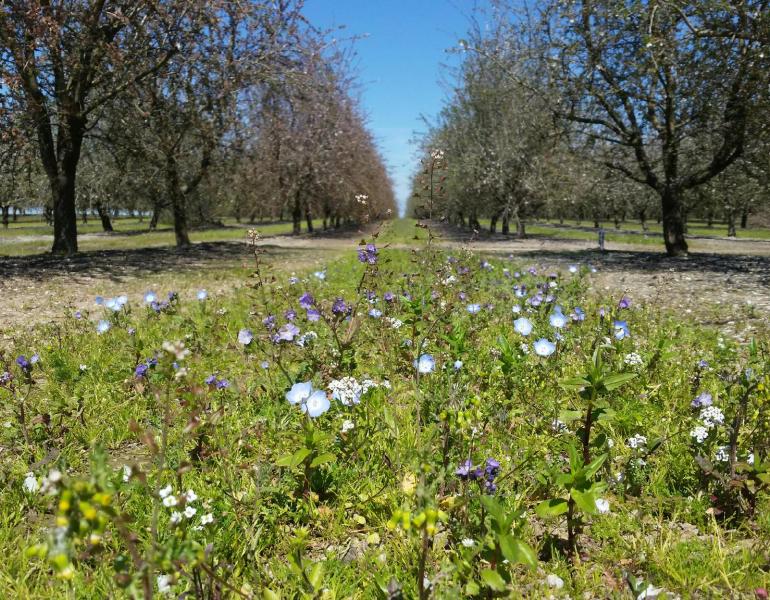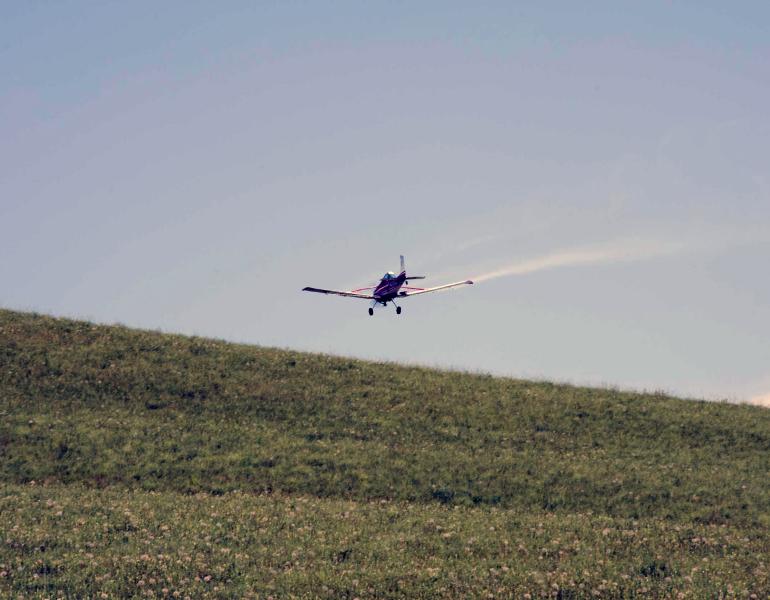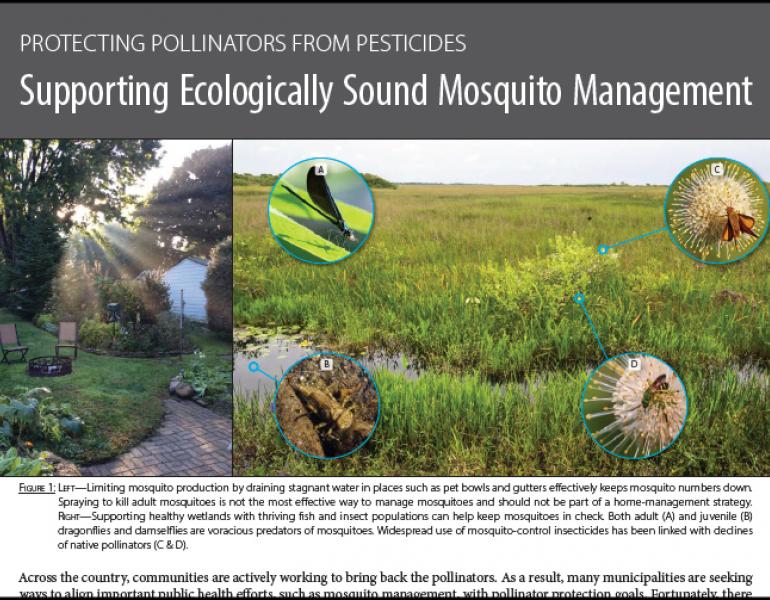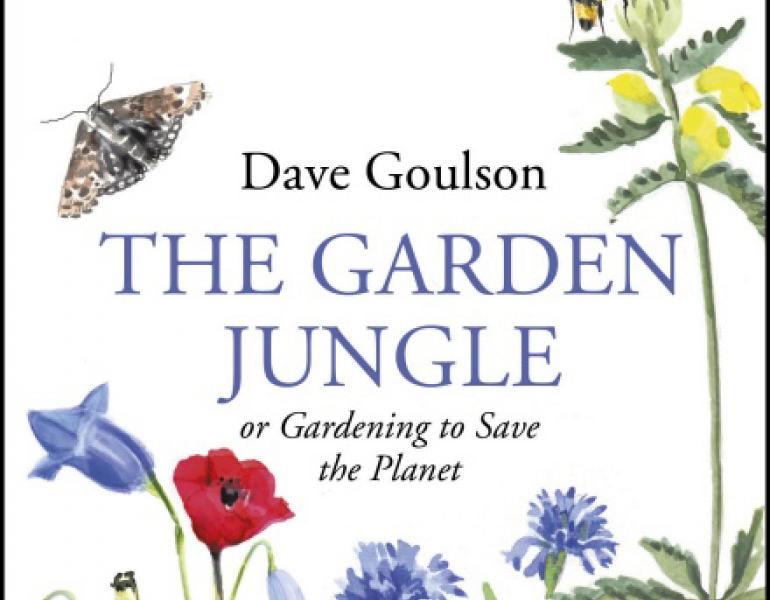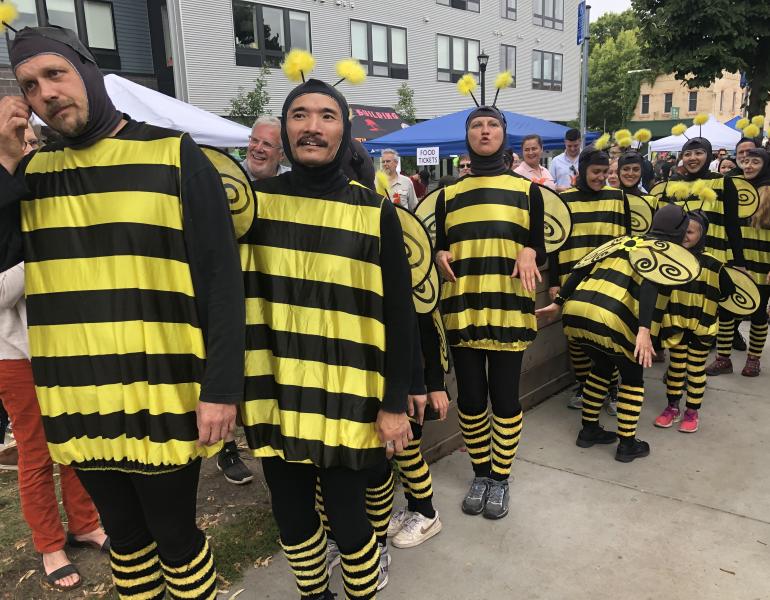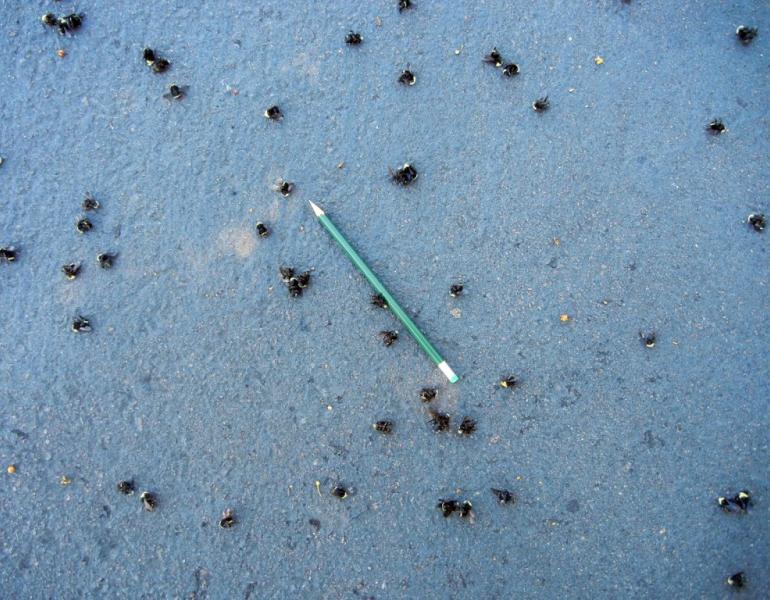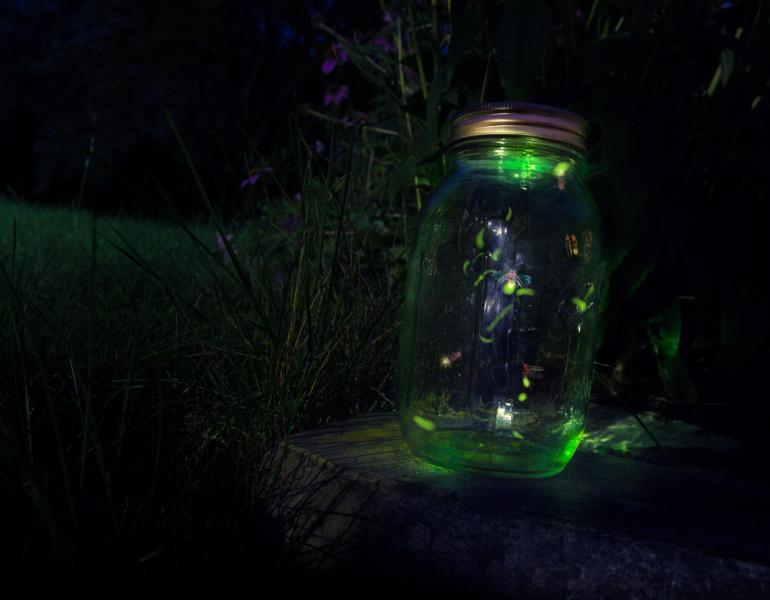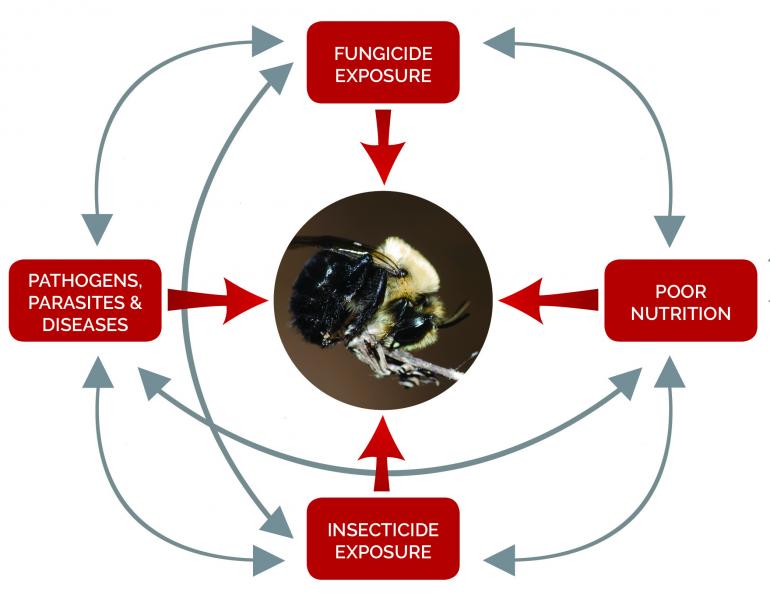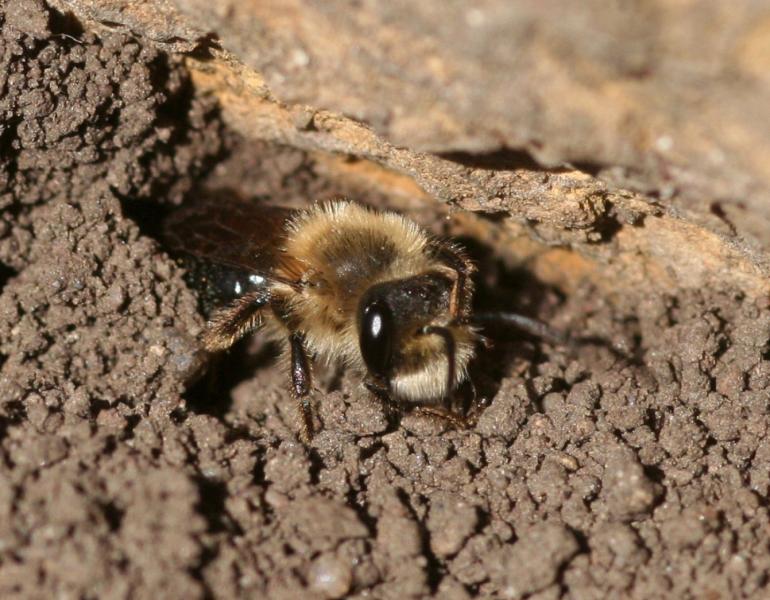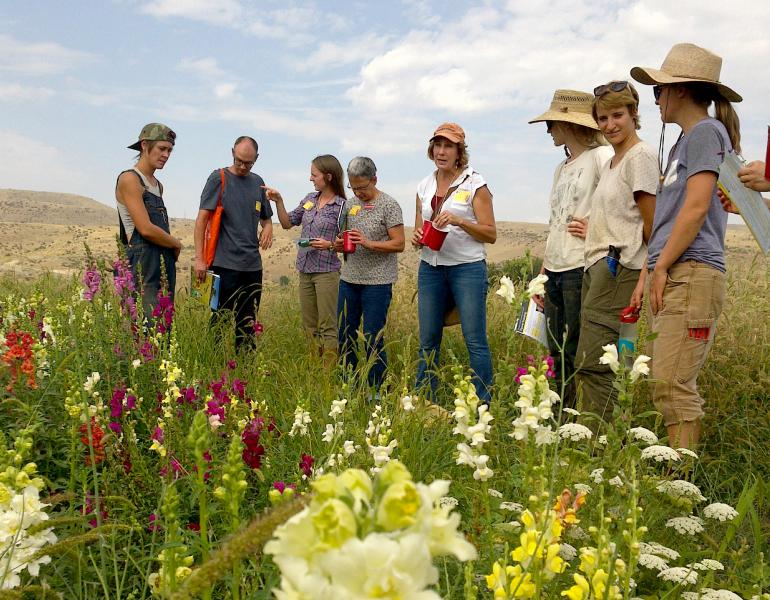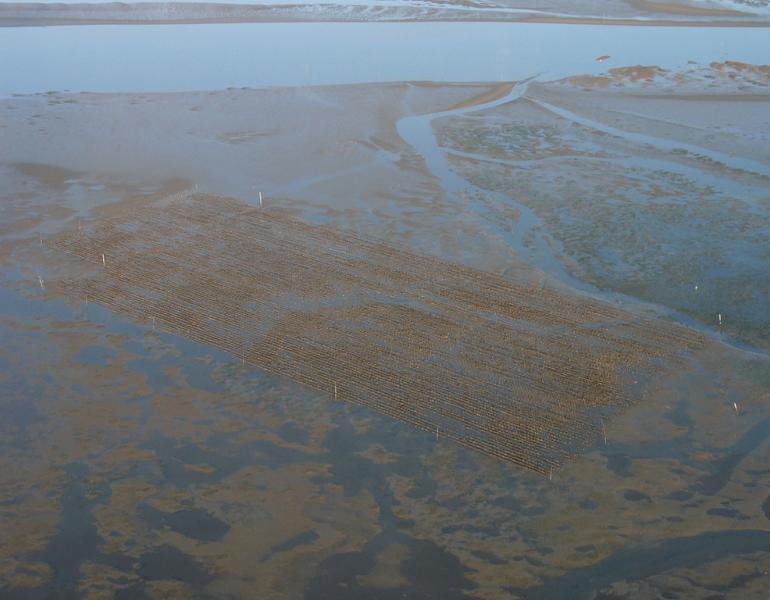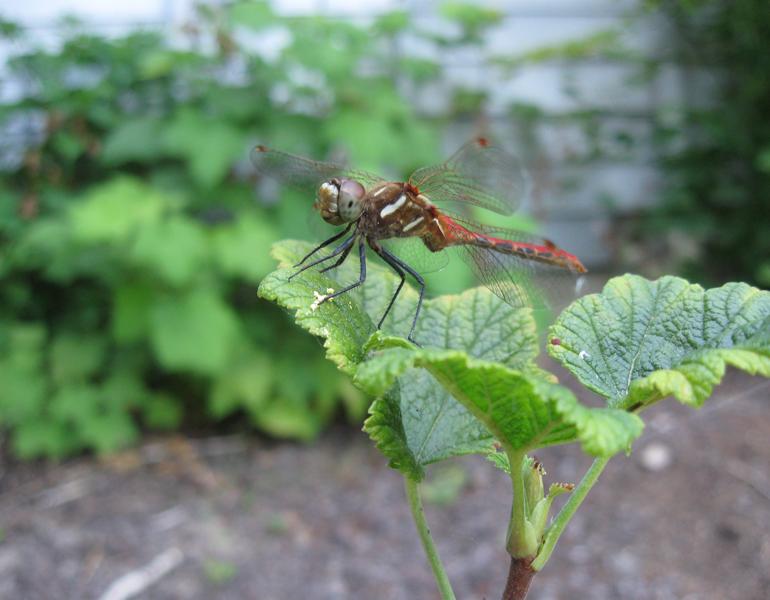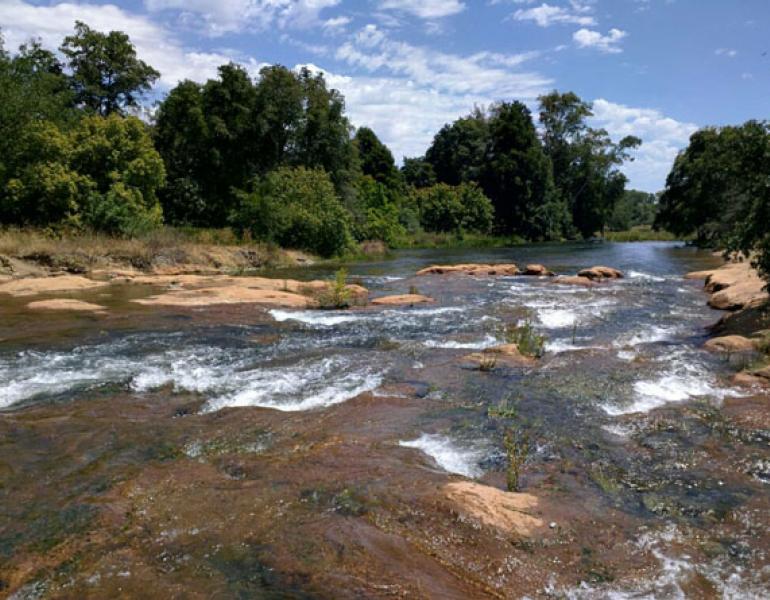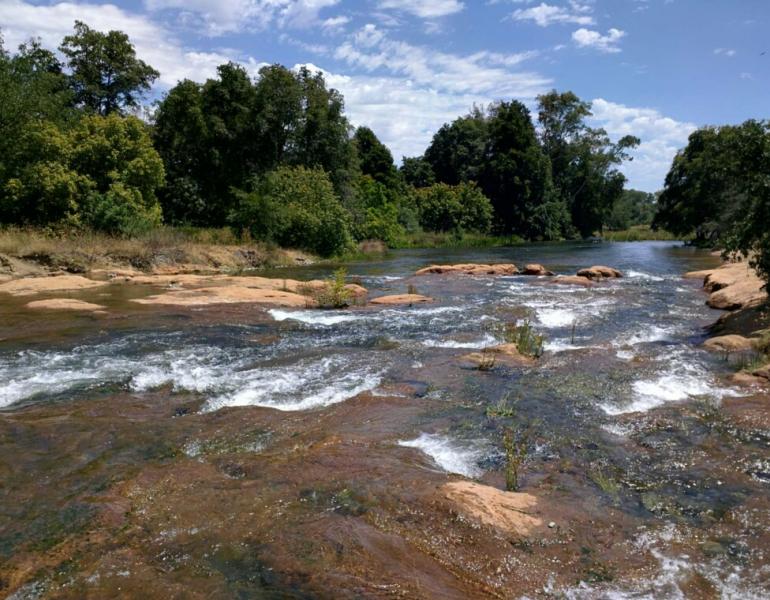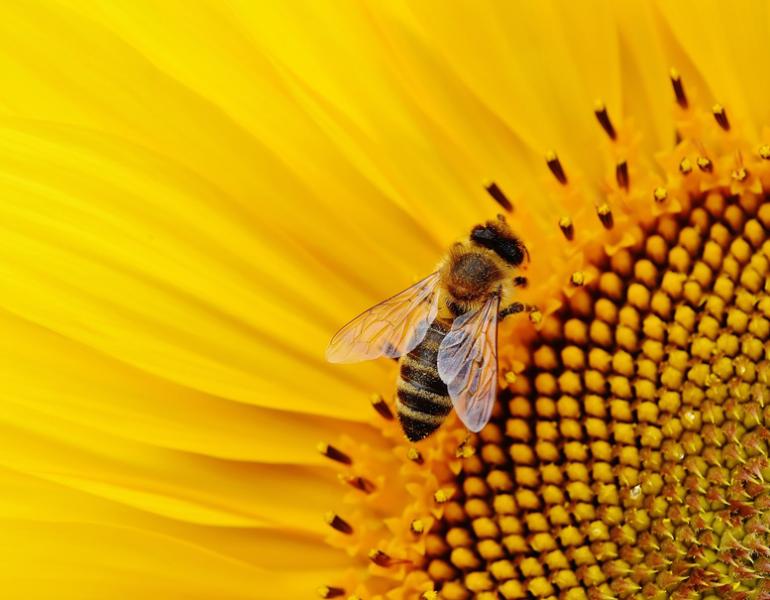Gardens provide important food and shelter for pollinators. We've put together a list of tips that will help you prioritize the health and safety of these important garden inhabitants.
Pesticides
I See Dead Bees: What To Do Next and Why It Matters
Finding insects that have been harmed by pesticides is a sad experience. But there is a lot you can do to help prevent it from happening again!
8 Common Pesticide Questions, Answered
You’ve probably encountered at least one of these eight common questions about pesticides in the garden. Let's check the facts!
The EPA's New Strategies to Protect Endangered Species from Pesticides Need Improvement
The Environmental Protection Agency’s new rules represent progress toward reducing the risk of pesticides, but there are flaws in the plan that limit its effectiveness.
Court Tells Federal Agency to Rethink Widespread Pesticide Spray Program
Xerces won a lawsuit that will help to reshape the federal grasshopper management program into one that better supports everyone: ranchers, farmers, and wildlife.
What We Can Learn From Québec’s Success With Regulating Pesticide-Treated Seed
Regulating pesticide-treated seeds benefits both growers and wildlife — and is becoming more common.
Why We Don’t Accept Money from Pesticide or Oil Companies
Executive director Scott Black shares why Xerces Society doesn't accept funding from companies whose products are harming invertebrates.
Protect Pollinators at Home: Alternatives to Herbicides
Herbicides are designed to kill plants, but can also harm pollinators and other invertebrates. Luckily, there are other ways to remove unwanted plants.
Four Key Gaps in Pesticide Regulation for Protecting Pollinators
These four key gaps in pesticide regulation undermine the protection of pollinators.
Tell the EPA: Overuse of Pesticide-Treated Seed is a Threat to Waterways and Wildlife
Contamination from seeds treated with insecticides is a growing threat to the health of rivers, streams, and lakes. Right now, the US Environmental Protection Agency (EPA) is accepting input from the public regarding the regulation of pesticide-treated seeds.
Protecting Invertebrates – Even When We Can’t See Them
Pesticides are a leading threat to fireflies and other insects. Fireflies' behavior, habitat, and life cycle make them particularly vulnerable to several common home pesticide applications.
States Make Way for Pesticide Reforms
Xerces is working with several state legislatures to advance policies that regulate pesticide use and availability for the benefit of pollinators and other wildlife.
How Advocates Stopped Aerial Insecticide Spray on 25,000 Acres of New Mexico Natural Areas
Within a week of Xerces sounding the alarm about upcoming widespread toxic insecticide spraying in natural areas, New Mexico residents and organizations were collaboratively advocating for the plan to be canceled.
Nuisance or Necessity? Honeydew and the Lessons of the Wilsonville Bee Kill
What did we learn from the sudden death of 50,000 bumble bees? It is important to understand and support the ecosystems we're a part of. Honeydew is an important resource for wildlife, not a problem to solve with chemicals.
These Bee-Safe Communities are Welcoming Back Pollinators
It takes a village to provide pollinator-safe spaces. These 8 communities are modeling the collaboration and creativity necessary to bring back declining pollinators.
Looking for Pollinator-Safe Plants? Talk to Your Nursery
Research suggests that even pollinator plants are often contaminated with pesticides at the store. Learn how to find plants that aren't and increase demand for pollinator-safe plants.
Top 7 Reasons to Stop Pesticide Use at Home
60 million pounds of pesticides are used in U.S. homes and gardens each year. Here are our top reasons to keep your space pesticide-free.
Allies in Conservation: Nurseries Practicing Pollinator-Safe Pest Management
Nurseries and other plant vendors selling plants free from harmful pesticides are important allies in pollinator conservation. These inspirational nurseries are excelling at ecological pest management.
Will California be the First State to Ensure Oversight of Pesticide-Coated Seed?
Organizations recently challenged the California Department of Pesticide Regulation (CA DPR) through a lawsuit to close the loophole allowing for the unregulated sale and use of seeds pretreated with pesticides. This is an important step because a single pesticide-coated seed can be toxic enough to kill tens of thousands of bees.
When Voluntary Action Isn’t Enough: The Case for Regulating Pesticide-Coated Seed
Sometimes the risks we face are so widespread and entrenched that policy change needs to be part of the solution. That is definitely the case with pesticide-coated seeds. Here are the top seven reasons to regulate them.
How to Spot and Slow Emerald Ash Borers in Your Community
A discussion of ways for slowing the spread and minimizing the harm of invasive emerald ash borer insects. From learning to identify the species and using prevention tactics, to handling a new infestation and deciding on a course of action, this is a guide for giving your local ash trees and wildlife their best shot at resiliency.
Part 2: How research about pesticide risks informs our efforts to rewild agricultural landscapes
Over the past decade, Xerces has worked with thousands of farmers and land managers to build over a million acres of habitat. Each of these projects, no matter how small, is meaningful and important to us. Our staff spend hours on the details, fine-tuning the mix of plants to suit the local conditions and support as many species as possible, determining how the site will be prepared and installed, and finding ways to protect the resulting habitat from pesticides. Last week, I shared a review of the latest research on how agricultural pesticides may impact nearby pollinator habitat. Today, I’ll talk about how we apply this research to our work at Xerces.
Part 1: How research about pesticide risks informs our efforts to rewild agricultural landscapes
Recently, we have been wrestling with questions about the costs and benefits to pollinators of installing habitat in areas that are likely to be occasionally or continuously exposed to pesticides. In this two-part blog, we’ll first dive into recent field studies on pesticide contamination of pollinator food and shelter in agricultural landscapes. This type of applied research helps to inform our conservation efforts.
Mosquito Management at Home
Spring is quickly turning into summer, and with the warming temperatures comes the drone of mosquitoes in our parks and yards. Unfortunately, the insecticide sprays used by pest control companies can be harmful to a wide variety of other insects. Fortunately, there’s a much more effective way to reduce your itchy bites this summer and protect pollinators in your yard: focus on eliminating areas where mosquitoes breed.
Herbicide drift: How to monitor and report damage to wild plants
Pre-planting herbicide applications start early in spring to control winter annual weeds in row crops like corn and soybean. Herbicide drift damage can occur hundreds of yards outside of the crop fields where these chemicals are applied, threatening the health of vulnerable crops and wild plants, as well as the pollinators and other wildlife that depend on those plants for food and shelter.
New Guidelines Support Creation of Pollinator-Friendly Parks
To support the work being done by park managers across the country, the Xerces Society has recently released Pollinator-Friendly Parks: Enhancing Our Communities by Supporting Native Pollinators in Our Parks and Other Public Spaces. This is an updated and greatly expanded version of the 2008 release of Pollinator-Friendly Parks, chock full of information to help park managers plan and care for properties with pollinators and other insects in mind.
Xerces Introduces New Searchable Systemic Insecticides Reference
The Xerces Society's new Searchable Systemic Insecticides List allows anyone to understand the dozens of insecticides currently registered in the U.S. that are designed to permeate plants from within. Systemic insecticides can render some or all of a plant toxic to insects that feed on plant tissue and are commonly used to suppress herbivorous sucking or chewing insects like aphids, caterpillars, and root nematodes. Unfortunately, systemic insecticides also harm beneficial insects.
Insecticide Seed Treatments Threaten Midwestern Waterways
Midwestern waterways are alive with beneficial invertebrates, but these essential species are threatened by a wide variety of contaminants. Xerces has just released a fact sheet that explores how the ubiquitous use of seed treatments affects water quality throughout the Midwest, and the findings are sobering for our aquatic ecosystems.
Protecting Grassland Ecosystems from Insecticides
Grasshoppers play a central role in rangeland ecosystems and food webs. Herbivory by grasshoppers speeds up the recycling of nutrients from plants, and they are a vital part of the diet of dozens of other rangeland animals. Aerial spraying campaigns to control grasshoppers have wide impacts on rangeland ecology. Xerces staff are working to reduce spraying and protect rangeland wildlife.
Pollinator Protection Starts at Home—and can Spread Faster than Weeds!
Something as simple as observing the bees and other pollinators in your garden is a wonderful way to celebrate Pollinator Week. Late June is a time when, across the county, bees and butterflies are emerging and making themselves known. It is also a great time to pledge to do more for all these amazing creatures.
Reflections on Two Decades of Pollinator Conservation
The Xerces Society was one of the first organizations to focus on protecting pollinators. Over the last two decades, it has been at the forefront of the pollinator conservation movement and is recognized as a trusted source of science-based advice and information.
Planned Grasshopper Sprays Threaten Monarchs, Bees, Beneficial Insects, and Birds Across Western Rangelands
Rangelands of the western United States are home to many amazing species of wildlife from sage-grouse to butterflies, and frequently used for cattle grazing. A significant proportion of rangelands are publicly owned, so how they are managed, especially when it comes to grasshopper control, is a topic of great concern.
Ask for a Healthier World
Do you want a more bee-friendly community or a different way to control mosquitoes? Change can start with a simple ask. Asking, if done respectfully and with curiosity, can bring empowerment and strengthen community.
Announcing the 2021 DeWind Award Winners
The DeWind Awards are given annually to students engaged in research related to butterfly or moth conservation. The 2021 winners are Wendy Valencia-Montoya and Chris Halsch.
WARNING: this blog post may entice you to partake in “virtual democracy”
From the comfort of home, I engage in conservation efforts from Maine to California and from Tennessee to Washington. I can click “Join” knowing that no matter where that video link takes me, I’ll be met by dedicated people working to create a better world.
To Protect Pollinators, Talk to Your Nursery
Creating a welcoming home for local pollinators in your backyard or city park is reason enough to choose plants free from harmful pesticide residues. But how do you figure out if the plant you want is free of pesticides that can harm pollinators?
Ethanol Plant Causes Severe Pesticide Contamination in Nebraska
The majority of seed corn planted in the United States is coated with insecticides. Unsold seed corn is given to an ethanol plant for processing into biofuel—cheap disposal for the seed company and free raw material for the ethanol plant. But because this toxic material is not regulated as a pesticide, it has a significant impact on the environment and local communities.
Xerces Urges California to Step Up for Pollinators
California is poised to restrict the use of neonicotinoids—some of the most pollinator-toxic insecticides in use. Yet, a closer look at the narrow proposal, which focuses solely on managed pollinators, casts doubt on the value of the proposed regulations. In response, the Xerces Society is asking the state to take into account the significant risks these chemicals also pose to bumble bees, monarch butterflies, and other beneficial insects at risk of extinction.
Home on the Range: Grasshoppers and Insecticides on Western Rangelands
Usually considered competitors with livestock for forage, grasshoppers can actually be beneficial to rangelands by affecting plant composition, and even influence the soil microbial communities. They also play a critical role in the grassland food web. Despite the inability to tie grasshopper densities to the potential for damage, planes and ground crews are deployed every summer to spray against grasshoppers.
New Report: How Dicamba Herbicides are Harming Cultivated and Wild Landscapes
Since 2016, more than five million acres of crops—an area roughly the size of New Jersey—have been injured by dicamba drifting off site. Concerned landowners and volunteer monitoring efforts also have raised the alarm about extensive drift damage to wild plant communities across the Midwest and mid-South.
Science Notes: How Pesticide Sampling Can Help Restore Imperiled Western Monarchs
California’s Central Valley is critical breeding habitat for migrating western monarchs. In partnership with the University of Nevada, Reno, Xerces scientists tested milkweeds growing in the valley for pesticides. Sixty-four different pesticides were found across the samples, with an average of nine pesticides per sample.
Start Now To Prevent Mosquito-Borne Disease and Keep Our Pollinators Safe
The Xerces Society’s new fact sheet, Smarter Pest Management: Responding to Mosquito-Borne Disease and Protecting Pollinators, highlights ways for everyone to prevent mosquito-borne disease, with recommendations that are backed by the Centers for Disease Control and Prevention (CDC).
Earth Week Reading: Gardening to Save the Planet
Rich Hatfield, Senior Endangered Species Conservation Biologist, writes in this book review, "I was expecting The Garden Jungle: or Gardening to Save the Planet to be a great read, but for me it was more than that."
12 Climate Actions for Earth Week
Some good news (amidst all the bad lately) is that even with physical distancing and shelter-in-place requirements, there are still a lot of actions many of us can take to help in the fight against climate change. Focusing on one or any combination of these actions can help.
Sowing Uncertainty: What We Do and Don’t Know about the Planting of Pesticide-Treated Seed
The lack of data on pesticide-coated seed compromises our ability to make informed decisions about pesticide risk.
Evolution in Attitudes Leads to Greater Interest in Pollinator Conservation
Twenty years ago, being referred to as the “bee guy” wasn’t always positive. In contrast, today many people are keen to learn about what they can do to protect pollinators. We are proud to be part of the reason that the public has become more aware of, and engaged in, pollinator conservation.
Support Pollinator Conservation by Reducing or Eliminating Pesticide Use in Urban Environments
Our new fact sheet, Smarter Pest Management: Pollinator Protection for Cities and Campuses, outlines key steps to reduce or eliminate pesticide use in municipal parks, campuses, and other urban greenspaces.
To Protect Pollinators We Must Address All Risk Factors
Recent media coverage of a study on Tilia trees could lead to a dangerous misinterpretation of existing science—incorrectly exonerating neonicotinoid insecticides, which are known to harm pollinators.
Nature Close to Home: Reimagining Gardens to Support Invertebrates
Scott Hoffman Black, executive director of the Xerces Society, encourages gardeners to increase the diversity of native plants, ensure that there are places for insects to nest, and avoid using pesticides.
New Xerces Fact Sheet Takes a Deeper Look at Fungicides and Their Effects on Pollinators
Introducing Protecting Pollinators from Pesticides: Fungicide Impacts on Pollinators.
Remember the Ground Nesting Bees when You Make Your Patch of Land Pollinator-Friendly
Providing nesting sites and reducing or eliminating pesticide use is key to supporting these important pollinators.
Reflecting on a Multi-Year Conservation Biological Control Project
From 2015–2019, the Xerces Society brought a series of 61 day-long courses on conservation biological control to 49 states and 2,000 participants, with far-reaching results.
Pesticide-Free Gardening Tips for Earth Week and Beyond
Please consider spending Earth Week in the garden, enjoying the diversity of insects, and taking a few of the actions outlined below to simultaneously minimize pest problems and avoid the use of pesticides.
Pledge to Bring Back the Pollinators—on Earth Day and Every Day
During Earth Week 2019, we are asking you to consider taking simple, yet impactful, steps to make the world better for bees, butterflies, and other essential invertebrates.
Bee Better Certified: An Evolving Standard
After a year and a half of Bee Better Certified®, we have analyzed how the standards work for the many operations that are already implementing them, and have adjusted our requirements accordingly.
Pollinators and the 2018 Farm Bill
Although we did not get everything we wanted in the 2018 Farm Bill, pollinators are still a priority and formal commitments to support conservation efforts are now in effect for at least the next five years.
Pollinator Conservation Program Digest – December 2018
December’s featured staff hail from Iowa and Minnesota, and have been making significant impacts in their respective states by educating farmers and other members of the public, helping to restore and build new habitat, and pushing for policies that support pollinators and other beneficial insects.
Pesticide Program Update: Bee City USA, Treated Seeds, and Protecting Washington’s Waters
The Pesticide Program’s efforts are varied, diverse, and many, so it is difficult to summarize their work in one post! Nevertheless, here are summer and fall highlights.
Reflections and Exhortations on the Anniversary of the Clean Water Act
Although the future of our nation’s water is currently murky, we still have time to make things right. We have the past successes of the environmental movement for inspiration, and the research and recommendations of hundreds of modern scientists to strive toward.
Celebrating the Legacy of Rachel Carson
Reflecting upon the impactful work of a woman writer, scientist, and environmental advocate on the anniversary of the publication of Silent Spring.
Bumble Bee Die-Off Under Investigation in Virginia
Bee kill incidents have marred Pollinator Week—which should be a week of celebration. Will other states learn from Oregon to prevent future incidents and protect pollinators?
Xerces Society + Bee City USA = A Match Made in Pollinator Heaven
Bee City USA brings a unique approach that encourages cities and college campuses across the United States to develop and implement a plan for helping pollinators.
Bee Friendlier with Your Lawncare
If you’re ready to re-think your lawn, read on for practical advice and small changes that can help support pollinators and a healthier planet.
10 Ways to Celebrate Earth Day
Here are some ways you can work to promote a healthy planet for invertebrates and the people they let share their planet.
Scientists Urge Action to Protect Waters from Neonicotinoid Insecticides
Will California’s regulators take steps to curtail neonicotinoid water pollution? If they take the advice of scientists, they will.
How Our Gardening Choices Affect the Health of Our Waterways
Pesticide Program Director Aimee Code shares thoughts on her garden, information about pesticide impacts to our watershed, and news about upcoming Xerces projects in this article from Wings Magazine.
California Halts Consideration of New Uses of Neonicotinoids in the State
This week the California Department of Pesticide Regulation announced that, effective immediately, DPR will not consider applications for any new uses of a class of neonicotinoid insecticides that includes the most widely used neonicotinoids.
New Fact Sheet Highlights Risks to California’s Surface Water from Insecticides
Neonicotinoids have been found in California’s rivers and streams at levels known to harm or outright kill aquatic invertebrates.
Protecting Pollinators One Community at a Time
Pollinators need habitat that is protected from pesticides. Learn how you can encourage your local government to adopt policies that protect pollinators.
Planning Ahead for Mosquito Season
Spraying for adult mosquitoes may seem like a quick way to soothe the public’s nerves, but as a strategy for controlling them it’s a blunt and ineffective tool.
New Report: How Neonicotinoids Can Kill Bees
To bring clarity to the debate and to inform discussion, the Xerces Society has published How Neonicotinoids Can Kill Bees. Summarizing hundreds of studies, the new report provides an in-depth look at the science behind the role these insecticides play in harming bees.
Shortfalls of EPA’s Preliminary Risk Assessment for Imidacloprid
While we are pleased that the EPA released this initial assessment, our review of the documents shows severe shortfalls in the methods and omissions in the evaluation.



